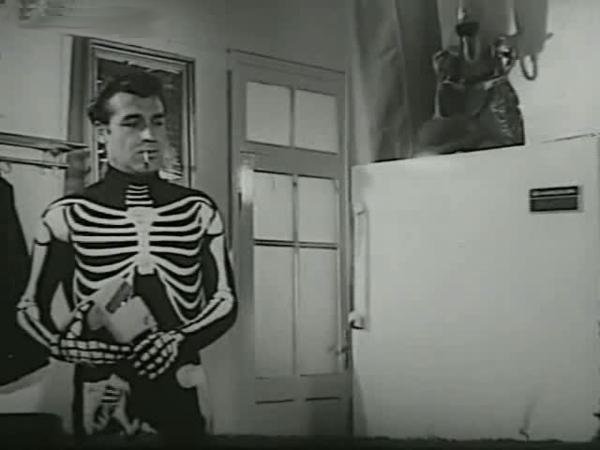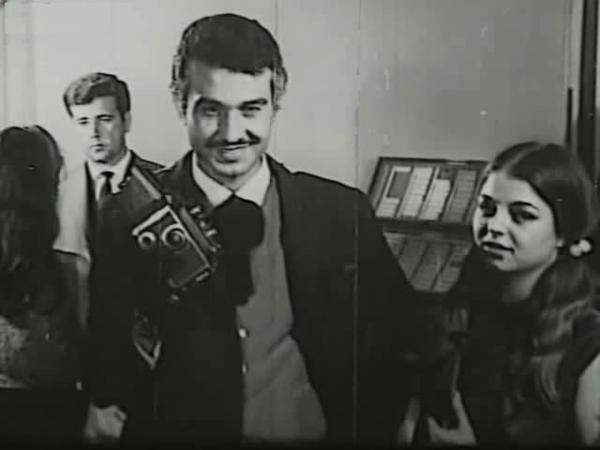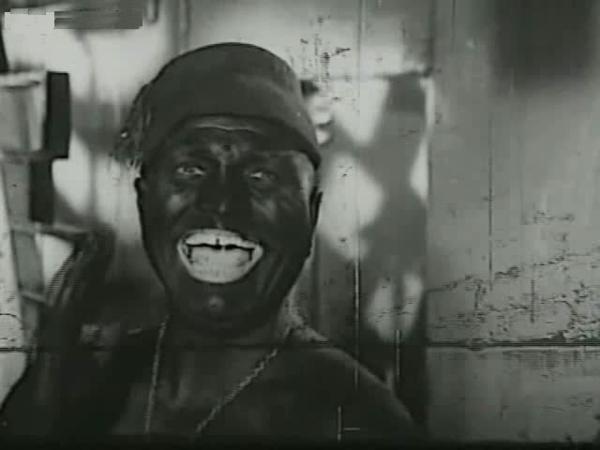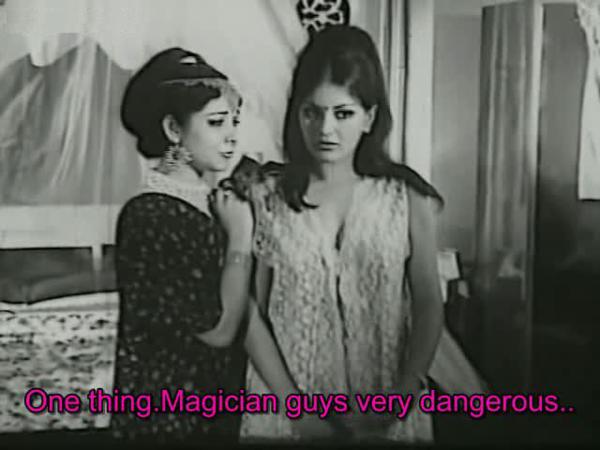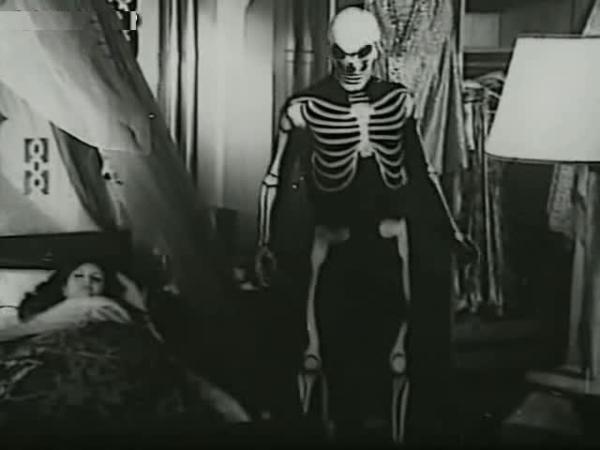Yeke Bezan
aka یکه بزن aka Little Hero aka Yekeh Bezan

1967![]()
Written and directed by Reza Safai

Three Iranian Supermen (including a Superwoman!) Now that got your attention, let me deflate your joy for a bit by explaining that three characters dress up as Superman and fly around for a few minutes in the middle of the film, powered by a magic wand that also turns them into Tarzan characters and gunfighters out of an Old West movie. But, still, Iranian people running around dressed as Superman is not something you expect to see. The global image of Iranian cinema is a bunch of art house films all banned in their home country, but readers of TarsTarkas.NET know that Iranian cinema is much more than that. As we saw with Shab Neshini Dar Jahanam/A Party In Hell, pre-Revolution Iran put out a wide degree of cinema, including fantasy elements. There is even a term for these silly films, Filmfarsi, coined by Iranian film critic Houshang Kavoosi. Filmfarsi movies are low-budget populist fare that takes tropes and queues from other countries’ movies, particularly Indian cinema. The genre still continues today, though now the stories are worked around the censors, requiring directors to either tow the line or be very creative in their subversion.
Our focus is on 1967’s Yeke Bezan (The internet tells me that translates to Little Hero, but there is no giant octopi firing babies at genderbending kung fu starlets!) It is a goofy comedic fantasy film with roots all over. The long sequences of characters punching and shooting at each other seems lifted from Hollywood’s serials, giving it a common feel to the Turkish Super Hero movies that also feature large-scale “borrowing” of American pop culture. The characters break out into song, with beats that fit right in with Indian film. They even follow the Indian character breakdowns: A Handsome Hero, a Behrouz as his sidekick, a good girl who the hero ends up loving, and a bad girl who hangs out with the villains. Both the Handsome Hero and Behrouz spend time chasing after the bad girl, who we know is bad because she wears towels while talking to the men!

In fact, there is a large amount of attractive women who shuffle through the film. 1960s Iran must have been a swinging place. Like several countries, the cinematography when women are on screen focuses on specific parts of their bodies, here it is either their bare backs (in the case of the bad girl in towels mentioned above), or more often, their legs, with the women almost exclusively wearing short shorts.
Overall, Yeke Bezan is interesting to watch because it’s unlike what you think films from Iran would be like, but it’s similarities to other genre cinemas of the time will also preview how much you will enjoy it. If you like the midstream Turkish Superhero movies that spend more time punching and goofing than superheroing, then Yeke Bezan will be up your alley. Otherwise, you’ll probably be bored for half an hour, entertained for 20 minutes, then bored for the conclusion of the film.

Writer/Director Reza Safai is hard to find information on, partially because he shares a name with an up and coming actor/director named Reza Sixo Safai. I don’t know if they are related, all I can definitively find out about Reza Safai is he directed a string of fifty‐two Filmfarsi movies from 1961 to 1978, but his career cratered out after the Revolution. He wrote, produced, and even acted in many of those films. There was a brief attempt at a revival post-Revolution, but he ran into censorship problems. He was efficient with resources (aka cheap), would extend filming hours to cut down on the number of days on location, made promotional material out of outtakes, and often had one film shooting while another was processing in the lab. Reza Safai at one point dated starlet Mercedeh Kamyab, a fact that was more important than mentioning his actual career in at least one book about Iranian cinema.
Despite the goofy Filmfarsi cinema getting critical disdain, Yeke Bezan is a cinema classic in Iran. So much so that it was even remade in 2004 as Sharlatan (Charlatan), which follows the original plot rather closely, including the magic wand turning them into Superman scenes! So that’s two Iranian Superman movies! The film follows the original close enough I stole some of the character names from it to use for characters here. If anyone who has seen Yeke Bekan can help out, that would be great. I fully expect someone to stop by 7 years after an internet hero fansubs Yeke Bekan, outraged that I got a character’s name wrong. Sharlatan is released on DVD with English subtitles, unlike Yeke Bezan, which was taken from an internet rip of a vcd rip of a VHS tape that is probably second generation of a degraded negative that has two obvious missing scenes. With no subtitles, but at TarsTarkas.NET, we don’t need no stinking subtitles!
The fun part of doing research on Yeke Bezan was that even though I drew a blank on a lot of things I tried to discover about this film, I stumbled across several other exciting things. Needless to say, expect a whole pack of obscure Iranian fantasy films to appear in the next few months, and hopefully more once I identify what movies are on a few mystery posters. I did get a few of the cast, but some of them are mysteries. Frank Myrqhary and Hassan Rezaei are listed in the credits, I’m not sure who is who.

But for now it’s time to get farsi, filmfarsi, with Yeke Bekan!
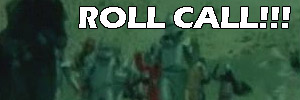
|









